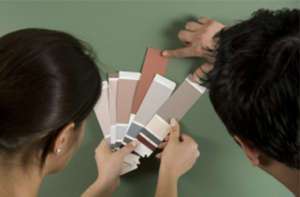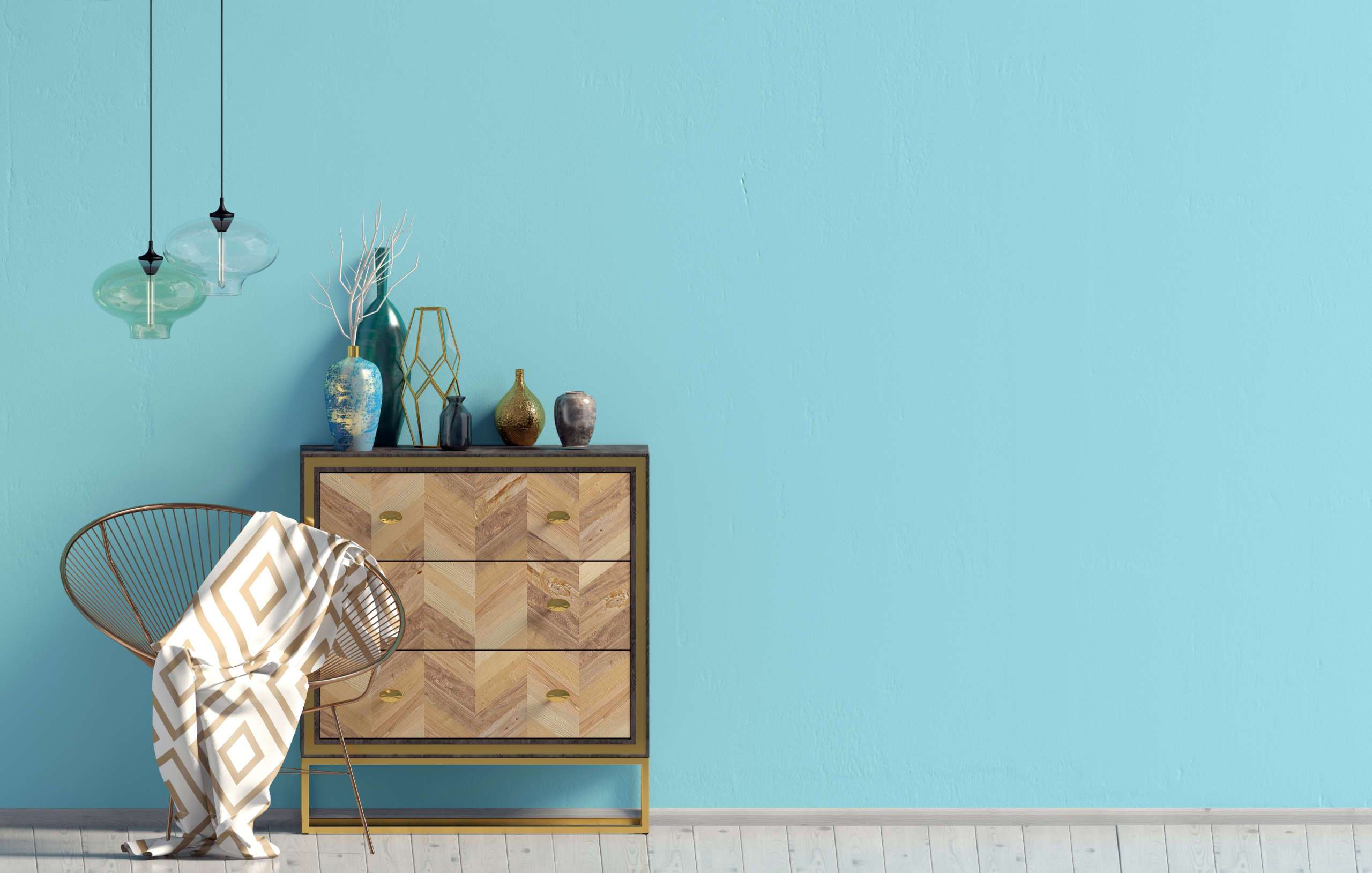
Tips On Choosing Paint Colors
At Painters Flair we aren’t professional interior designers or exterior designers. However, we do have a lot of experience in color trends. We are in constant contact with people that have gone through the process of selecting colors. This includes experienced interior designers.
We can can help you if you are struggling to make color choices, however the final choice is yours. Once we buy paint the decision is final. If you decide to change colors after we have started then there would be a charge for labor and re-buying paint. We can help you select colors but in the end, the choice has to be yours. You have to like it.
When it comes to house painting, color alternatives for most homeowners is made more complicated than it needs to be. Choosing colors for your next house painting design doesn’t have to be complicated and stressful. To begin with, most homeowners are bewildered by the sheer quantity of colors to choose from. The fear of a wrong choice and having to live with it is very uncomfortable for most homeowners. Having your home painted twice is not an disbursement most homeowners want to undertake. Besides, what will the Jones Think about the new colors. Below is some house painting tips that will help you feel more confident with your color choice.
1. The first thing to consider is what colors are permanent on your home. Roofs typically last from 30 years to lifetime.Roofs are generally considered a permanent color since they last 30 years to life. Bricks are permanent and aren’t going to change. Stones are also permanent. Stones are also permanent. Any color change will need to be coordinated with these permanent colors in mind. You will want your wall and trim colors to compliment these existing permanent colors, not fight with them. This should guide you to the right color family.
2. Another thing that should be considered that may influence color choices for exterior house painting is the landscape and neighborhood. The colors surrounding the house as well as the geographic location. Evaluate the textures and colors of the existing building materials.
3. Study the architectural style of your home and research colors that are commonly used for the style. For example, a French Victorian home needs a different color than an English tutor style home. Planning a color strategy around a traditional home typically will be different than modern architecture.
4. One of the simplest ways to freshen up the look of your home without a major change, is to change the door and shutter colors.
5. Some homeowners wonder if there should be a connection between the interior colors and the exterior colors of their home. It really is a matter of personal preference. If you own a historic home you may want to keep the authenticity of that time period by keeping a connection between interior and exterior colors, but again it is a personal preference. Many homeowners consider the interior a place where there are no limitations for color.
6. Coordinating colors is a common problem with many homeowners. Spend some time in a paint store. Most major paint stores have pre-selected color schemes. Most offer palette collections that provide accurate historical reference along with collections of colors that work well together. This is a great place to start your color selections.
7. Most major paint stores offer an online color visualizer. Call your store for the web address and you can go online with your computer and play around with a lot of different colors for both exterior and interior house painting. Different Scenes are available for you to drag and drop colors for both interior and exterior planning.
8. One very important thing you should do is purchase a quart of each color you are planning to use and apply them all in the same area of your house for comparison. For the siding or wall color apply in a 4ft by 4ft area next to the trim color you plan to use. The small paint chips supplied by the paint stores are too small to make a determination. (Caution: If the siding is textured, or you have stucco, do not apply paint on a large area with a brush or roller. When the house is painted by the contractor, you will be able to see where you applied the test sample underneath the paint they apply. Paint fills the pores of textured surfaces so you have an uneven distribution of paint where you applied the sample causing it to be visible. Instead, apply the test sample on a piece of plywood and hold up to the trim to test your color samples.)
Make sure you have made a decision on your paint colors before you hire your contractor. Too often homeowners make the mistake of rushing into painting their home without giving adequate time to the color decision process. Suddenly, they feel rushed to decide on colors and end up not confident with their choice of colors. Properly planning your house painting project will definitely cut down on stress.

